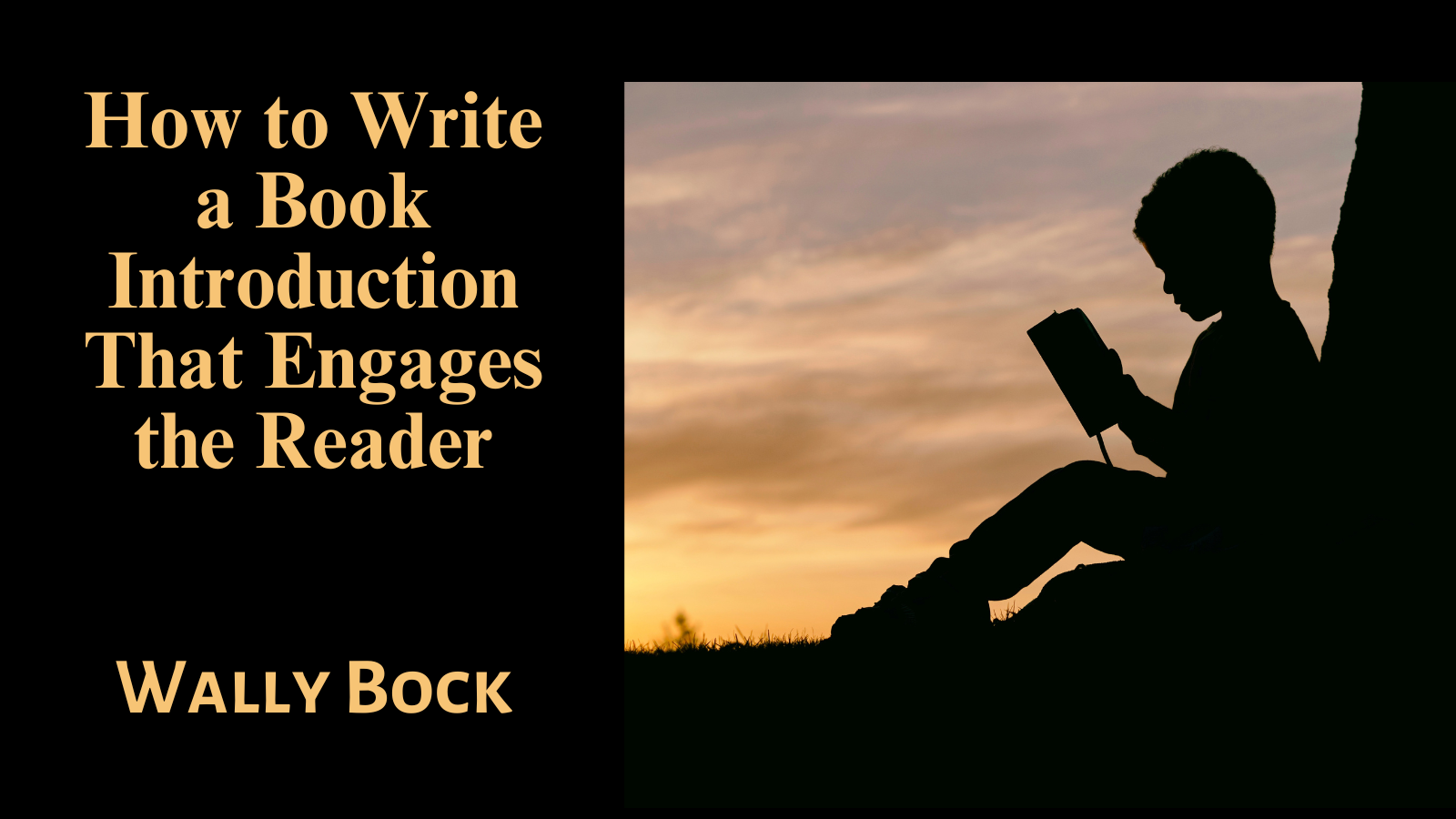It’s been a long day, but now dinner is done, and Dave sinks into his favorite chair. He reaches over and picks up a copy of your book for the first time since he bought it. He opens it and begins to read.
In the next six minutes, something very important will happen. Dave may become involved with the book and keep reading, or he may set it aside and go on to something else. Your introduction will make the difference.
Your introduction is critical. Do it well, and your reader will engage with the book and become more likely to read it all the way through and tell others about it. Otherwise, your book could sit on the side table while your reader reads something else.
So, what’s the best way to start a business book? For years, business books started with logic. Authors explained why their book would be good, helpful, and wonderful. But the best business books have started with a story in the last couple of decades.
Stories are the ultimate involvement device. They’re the way we humans have communicated and shared complex information since we first crawled out of caves.
Whether your book is a big issue book or a hero’s journey book, a story is probably the best way for you to start your book. Here are some examples to help you develop a mental model of how to use a story to begin your book.
Let’s start with Phil Knight’s book, Shoe Dog. It’s one of the best-selling business books of all time. Here’s how it begins.
“I was up before the others, before the birds, before the sun. I drank a cup of coffee, wolfed down a piece of toast, put on my shorts and sweatshirt, and laced up my green running shoes. Then slipped quietly out the back door.”
Here’s the introduction from Adam Grant’s Think Again: The Power of Knowing What You Don’t Know.
“After a bumpy flight, fifteen men dropped from the Montana sky. They weren’t skydivers. They were smokejumpers: elite wildland firefighters parachuting in to extinguish a forest fire started by lightning the day before. In a matter of minutes, they would be racing for their lives.”
Bob Sutton and Huggy Rao start their excellent book, The Friction Project: How Smart Leaders Make the Right Things Easier and the Wrong Things Harder, this way.
“The email, all 1,266 words of it (not including a separate 7,266-word attachment), popped up in our inboxes on a Monday morning at 9:14, before the coffee had begun to kick in. Sent by a Stanford vice-provost to more than two thousand faculty, it invited us to spend the following Saturday brainstorming about the mission of our university’s new School of Sustainability. We love the new school and were, at first, willing to give up a Saturday to help craft the mission—it’s important to our students, faculty, and the planet. But the email left us annoyed and skeptical of any meeting convened by the big cheese who wrote it.”
Atomic Habits is probably the ultimate how-to book. It’s undoubtedly one of the most popular of all time. James Clear begins the book with a story.
“Introduction My Story ON THE FINAL day of my sophomore year of high school, I was hit in the face with a baseball bat. As my classmate took a full swing, the bat slipped out of his hands and came flying toward me before striking me directly between the eyes. I have no memory of the moment of impact.”
Your story should set the table for the rest of the book. Your introduction will also include a description of what the reader will get from the book and will end with a transition that encourages them to turn the page and keep reading. However, the key to engaging the reader is the way you begin your book. The way to engage the reader is to share a story.
